
The Crazy Mountains proposed wilderness by Livingston Montana George Wuerthner.
With the election of Joe Biden, we have a leader who recognizes that we need to use science to effectively deal with the threats of climate change and biodiversity loss.
To address these twin threats to the planet’s stability and integrity, the president-elect supports the goal of using science-based decision-making to protect 30 percent of U.S. lands and waters by the year 2030.
At best only 12% of the United States land area is currently protected (much of this in Alaska). This figure includes many lands not completely protected from destructive activities like national forests (logging), national monuments with livestock grazing, and so forth) or wildlife refuges (that permit row crop farming).
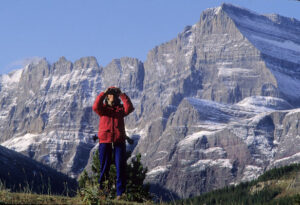
Biologist glassing for wildlife near Swiftcurrent Lake Glacier NP, Montana Photo by George Wuerthner.
The 30 by 30 goal is not radical. Scientists have been advocating the protection of 30 percent of the Earth to sustain biodiversity for years. Numerous peer-reviewed reports and journals have examined it. Some scientists like EO Wilson believe we ought to put aside Half-Earth for biodiversity.
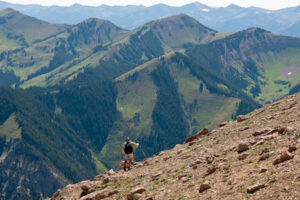
Hiker and Cirques in Wyoming Range proposed wilderness from McDougal Peak, Wyoming Range, Bridger Teton NF, Wyoming Photo by George Wuerthner.
A resolution in support of the 30 by 30 goal has been introduced in Congress and several state legislatures, including South Carolina. According to a poll conducted by the Center for American Progress, some 86 percent of voters somewhat or strongly support the specific goal of 30 by 30, including 76 percent of Republican voters.
One of the best ways the new administration could achieve this goal is to support the Northern Rockies Ecosystem Protection Act (NREPA) as promoted by the Alliance for Wild Rockies.
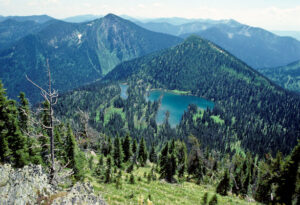
Link Lake Thompson Seton Proposed Wilderness Whitefish Range, Flathead NF, Montana Photo by George Wuerthner.
NREPA would protect the Wild Rockies bioregion’s remaining wildlands as designated wilderness in five significant ecosystems: Greater Yellowstone, Hells Canyon – Wallowa, Salmon Selway, Glacier-Northern Continental Divide, and Cabinet – Yaak – Selkirk. Wilderness is the foundation of conservation.
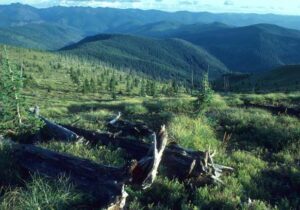
The proposed Great Burn Wilderness on the Idaho-Montana border. Photo by George Wuerthner.
All of these ecosystems need to be connected into a whole. NREPA would protect biological corridors and establish two new national park units—one in the Flathead Preserve adjacent to Glacier National Park and a Hells Canyon Chief Joseph National Park and Preserve. NREPA provides for over a thousand miles of new Wild and Scenic Rivers.
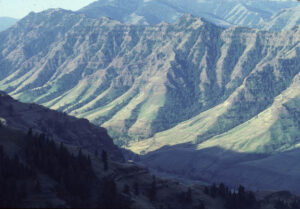
Imnaha River Canyon, Hells Canyon NRA, Wallowa Whitman National Forest, Oregon Photo by George Wuerthner.
Wilderness designation would ensure the protection of carbon storage in unlogged forests. Indeed, many scientists believe that one of the most effective ways of reducing our carbon emissions is to prohibit logging on public lands. Forests are a passive way of sequestrating carbon across the broader landscape.
Wilderness designation also protects the habitat for endangered and sensitive wildlife from grizzly bears to bull trout to wolverine and protects watersheds.
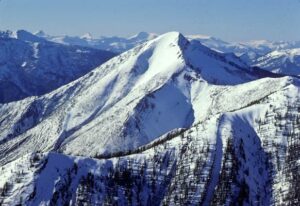
Scarface Mountain, Badger Two Medicine Rocky Mountain Front, Montana Photo by George Wuerthner.
Protecting these wildlands will give native plants and animals the best opportunity to move in response to climate change.
Protecting these wildlands would sustain the region’s ecosystems and contribute to its economic vitality, which is increasingly based on the quality of life factors.
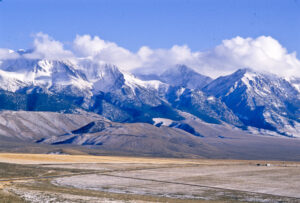
Mount Borah Lost River Range proposed wilderness Idaho Photo by George Wuerthner.
NREPA advocates for Wildland Restoration Areas (1,022,769 acres) to provide jobs primarily through the elimination of unnecessary roads.
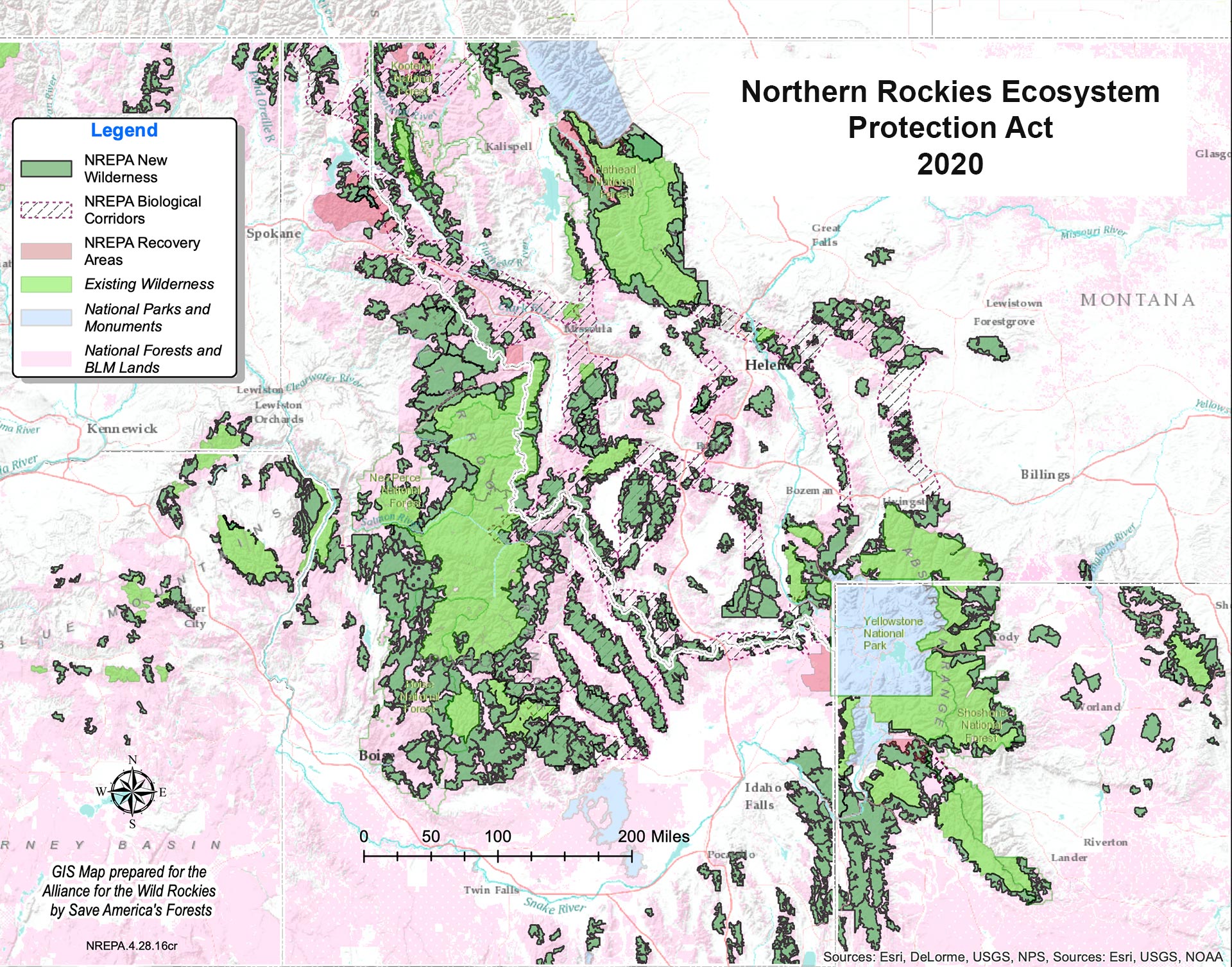
However, the most critical aspect of NREPA is that it requires self-restraint and discipline. These are conservative values.
If society cannot survive without exploiting these last wildlands, we are in deeper trouble than most of us recognize.
The Biden team can achieve much of its 30 by 30 goals by enacting the Northern Rockies Ecosystem Protection Act (NREPA).